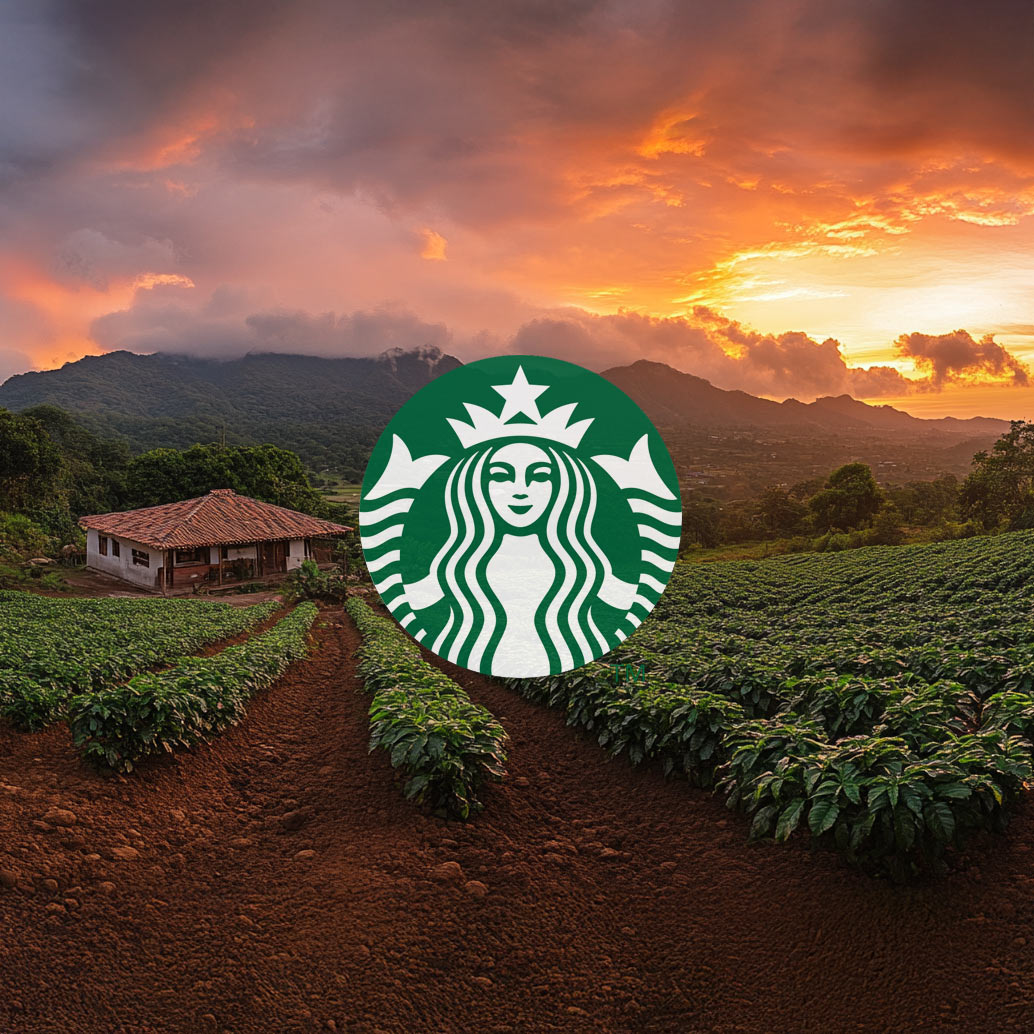Fresh SEO Content: Coffee farms are highly sensitive to environmental changes, and the 2024 hurricane season is expected to bring more than the usual challenges. Tropical storms and hurricanes have the potential to wipe out large portions of crops, especially in vulnerable regions like Central and South America, which supply much of the world’s coffee. In addition to wind and rain damage, excessive moisture from flooding can lead to fungal infections and root diseases that further threaten crop survival.
The unpredictability of this year’s weather is compounded by global climate changes, with scientists noting that these extreme conditions are becoming more frequent. While some areas may experience drought-like conditions, others will see excessive rainfall, making it difficult for coffee farmers to predict how their crops will be affected. Even small changes in weather patterns, such as shifts in temperature and humidity, can drastically alter the growth cycle of coffee plants, reducing yields and impacting the quality of the beans.
Furthermore, the supply chain disruptions caused by these weather patterns could lead to price increases for consumers. Coffee companies may face difficulties in sourcing enough high-quality beans, potentially leading to shortages. The combination of decreased crop output and increased demand could result in higher prices at cafes and supermarkets. For coffee lovers, this means that their daily cup of coffee could become a little more expensive, and finding specialty coffee may be more challenging than usual.
Closing: As the 2024 hurricane season unfolds, coffee growers and industry professionals brace for what could be a difficult year. The effects of extreme weather are already being felt in many regions, and the potential for further disruptions looms large. While it's impossible to fully predict the outcome, one thing is clear: the world's coffee supply faces significant challenges in the coming months. Coffee enthusiasts should prepare for potential shortages and higher prices, while hoping that farmers can find ways to mitigate the damage and ensure the future of their crops.




